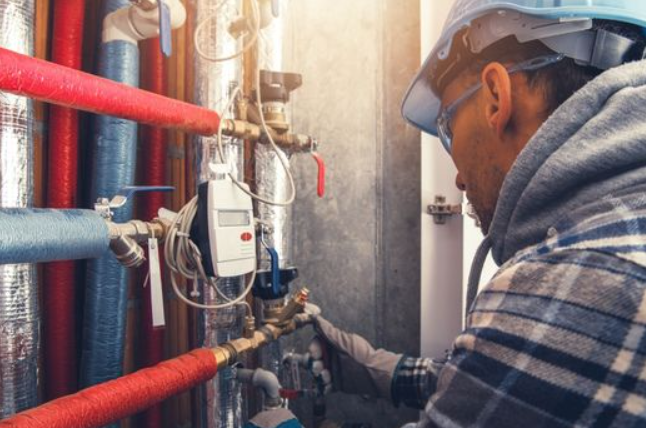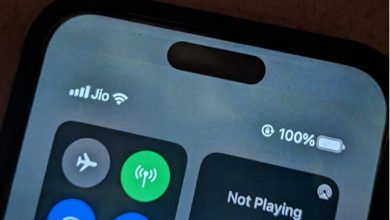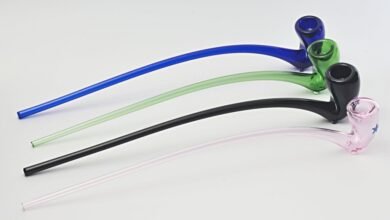Maintenance and Troubleshooting Tips for Solenoid Valves

Picture this: You’re working in a manufacturing plant that relies heavily on fluid control systems, and suddenly, your solenoid valve fails. The production line grinds to a halt, and you’re left scrambling to identify and fix the problem before further delays or damages occur. Sound familiar?
Solenoid valves are critical components of fluid control systems, and their proper maintenance and troubleshooting are essential to keep them running smoothly. In this article, you’ll learn some best practices for maintaining and troubleshooting. So you can avoid unexpected downtime and keep your operations running like a well-oiled machine.
Regular Maintenance Tips:
Regular maintenance is crucial to keep them in good working condition. A few maintenance practices include:
Cleaning: Regular cleaning of the components is necessary to remove dirt, dust, and debris that may affect their performance. Dirt and debris can cause them to jam, leading to leaks or inadequate flow. Cleaning them should be done using appropriate cleaning agents and methods, and you should follow the manufacturer’s recommended procedures.
Lubrication: Lubrication is another essential maintenance practice. The valve components require lubrication to prevent wear and tear and reduce friction that may lead to failure. It should be done using the recommended lubricants and frequency the manufacturer recommends.
Inspection: Regular inspection is necessary to identify any defects or damages affecting their performance. You should check the seals, diaphragms, springs, and other components to ensure they are in good condition. If you identify any defects, you should replace the damaged parts immediately.
Testing: Periodically testing the valve’s operation is crucial to ensure it functions correctly. You can test the operation by energising it and observing its response. You should also test its performance under normal operating conditions to identify any issues affecting its performance.
Troubleshooting Tips:
Despite regular maintenance, Solenoid valves may experience problems that affect their performance. Some of the common problems and their troubleshooting tips include:
Failure to operate: If the valve fails, you should check the power supply, the coil, and the assembly. Check if the power supply correctly provides the required voltage and the coil functions. If the coil is damaged, replace it with a new one. You should also check if the assembly is clean and free of debris that might cause it to jam.
Leaks: Valve leaks may be caused by worn-out seals, cracks in the body, or debris blocking the passage. You should inspect the body for cracks or damages and replace any damaged parts. Also, check the seals to ensure they are in good condition. You can replace worn-out seals with new ones. Finally, clean the components to remove any debris that may cause leaks.
Fails to close: If the valve fails, check the coil, assembly, and spring. Also, inspect the assembly for any damages or debris that may cause the valve to jam. You should also check the spring to ensure it functions correctly.
Noise: Valve noise may be caused by vibrations from fluid flowing through the valve. You can reduce the noise by installing a noise-reducing device or selecting a low-noise emission valve. You can also reduce noise by selecting the correct valve size for your application.
Read Also: Unleashing the Power of Emface: Everything
Conclusion
Solenoid valves are critical components of fluid control systems, and regular maintenance is necessary to ensure their optimal performance. Regular maintenance practices such as cleaning, lubrication, inspection, and testing are essential to keep the valves in good working condition. Troubleshooting tips such as checking the power supply, coil, and assembly can help identify and fix their performance problems. Following the recommended tips ensures they will operate at peak efficiency, increasing productivity and reducing downtime.





